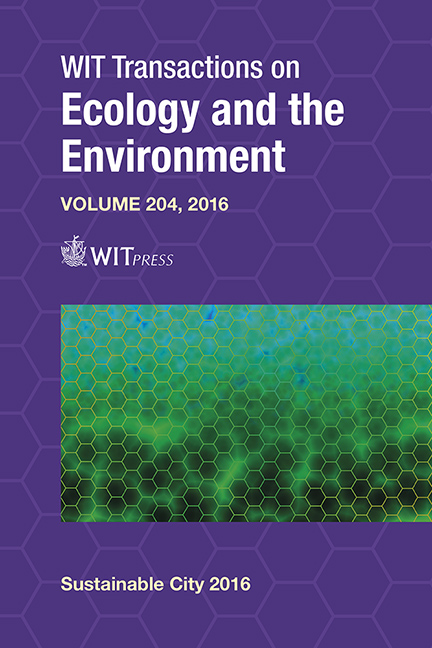What Makes A Public Open Space Liveable?
Price
Free (open access)
Transaction
Volume
204
Pages
12
Page Range
685 - 696
Published
2016
Size
1,747 kb
Paper DOI
10.2495/SC160571
Copyright
WIT Press
Author(s)
U. Dietrich, N. Kengyel
Abstract
As part of a university course, a group of master students of architecture and urban planning evaluated different public urban spaces. The primary goal of the investigation was to identify which specific qualities create a successful urban space. In other words, which qualities make an urban space fulfil its practical purpose while also becoming enjoyable for communities? The secondary goal was to give students the opportunity to become aware of the importance of urban spaces and their impact on communities.
In order to determine the criteria that make an urban space liveable, they analysed positive and negative examples. They started off by taking the 12 Quality Criteria for Good Design of Public Spaces by Jan Gehl as a starting point. After reviewing it, students agreed that the criteria could be improved. They should include crucial aspects such as accessibility and they could also be formulated more precisely.
It is important to mention that especially in the case of negative examples, we need to reflect on the actions needed to improve the space; are the proposed changes to make the space better feasible or does the space elude such an improvement? This study will contain a final modified set of Jan Gehl’s criteria, which will include examples of urban spaces that are perceived as positive and negative, their analysis and further proposals for improvement.
Keywords
design of public open spaces, liveability, human scale, protection, comfort, enjoyment





